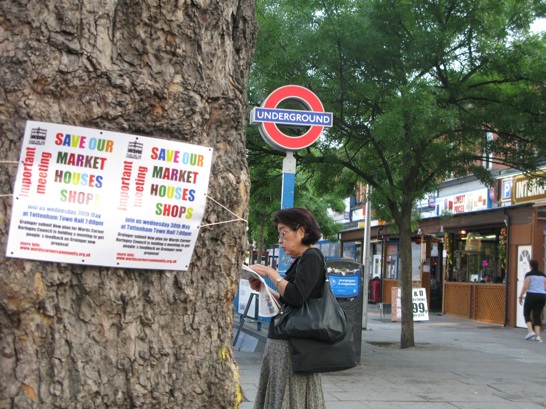Mayor of London Boris Johnson and his ‘Tottenham Champion’, Sir Stuart Lipton, endorsed A Plan for Tottenham that promised to ‘deliver’ by 2025:
-
• ‘Up to 10,000 new high quality homes’
-
• ‘Over 5,000 new jobs created or accessed’
-
• ‘Almost a million square feet of employment and
commercial space added
-
• ‘A new leisure destination in Northumberland Park’
-
• ‘A new White Hart Lane station’
-
• ‘A new civic hub at Tottenham Green’
-
• ‘A new gateway to Seven Sisters’
-
• ‘A revamped station at Tottenham Hale’
Civic heart
The Plan hinged on the successful ‘delivery’ of a series of private sector-led developments on sites of varying size across Tottenham. By Summer 2012, local politicians claimed to have already secured £1 billion of investment via development schemes at Northumberland Park and Tottenham Hale, zones along with Seven Sisters designated as ‘Opportunity Areas’.
The Plan promised another £40 million to ‘create high quality public spaces, flexible workspaces and a new civic heart of Tottenham’.
Fourteen ‘key sites’ included Carpetright – where the Plan was launched – the site of a once proud retail store and several homes horrifically raised to the ground during the August 2011 riots.
Wards Corner, another key site, remained the subject of a long-running, bitter dispute between local residents, traders and businesses on one side, and on the other, a partnership of Haringey Council and developers Grainger.

